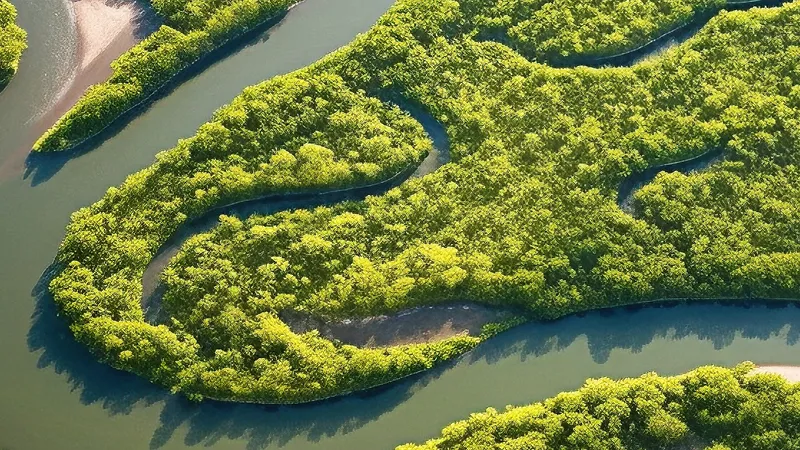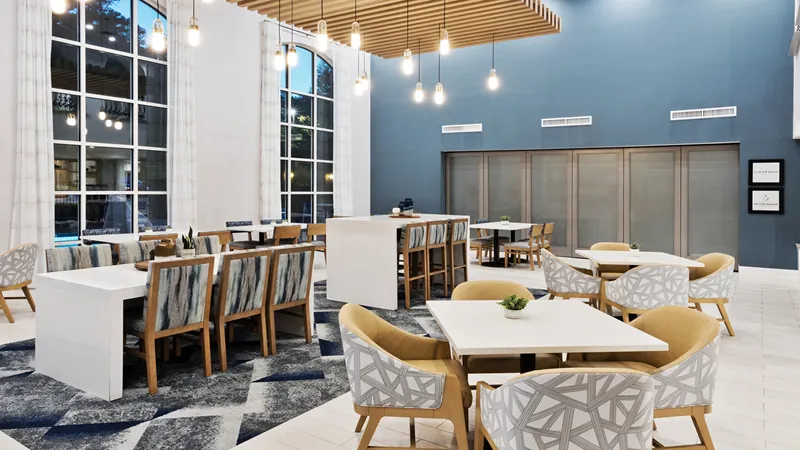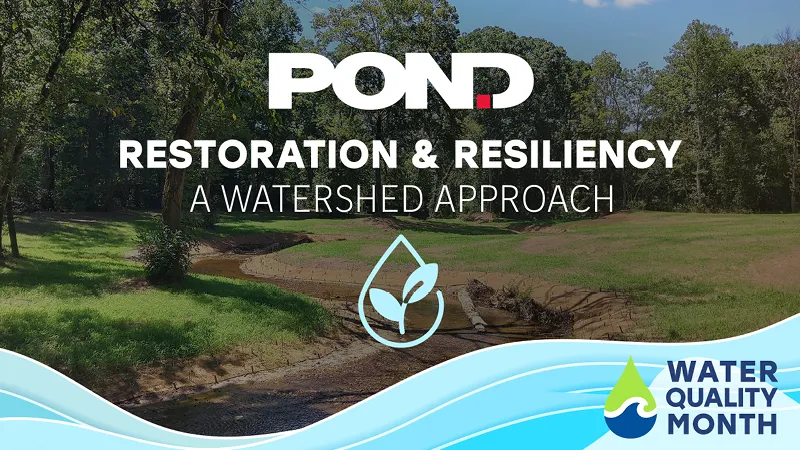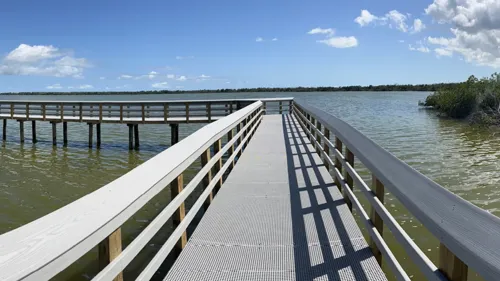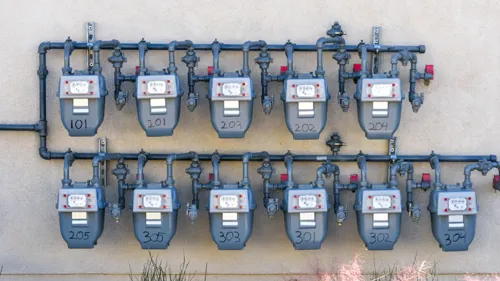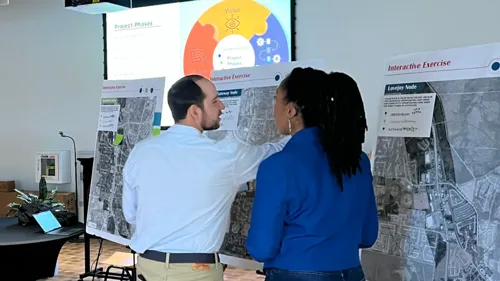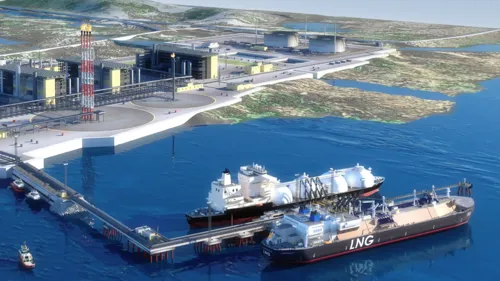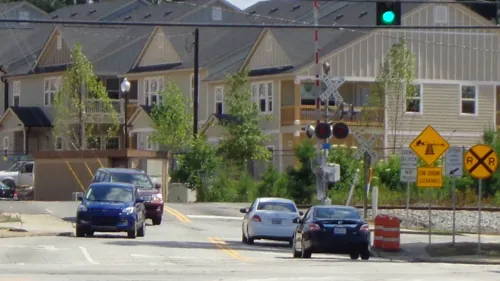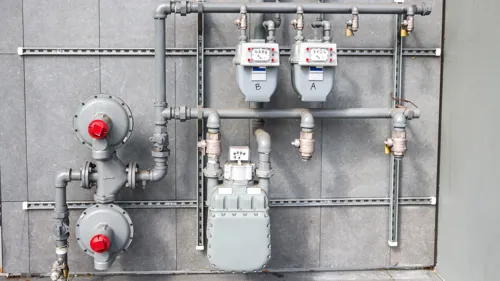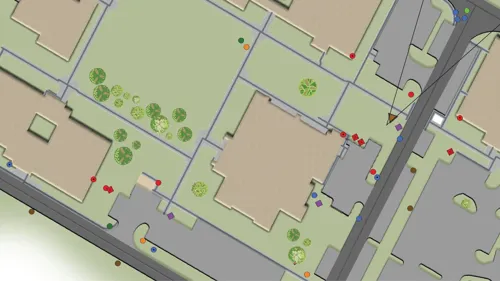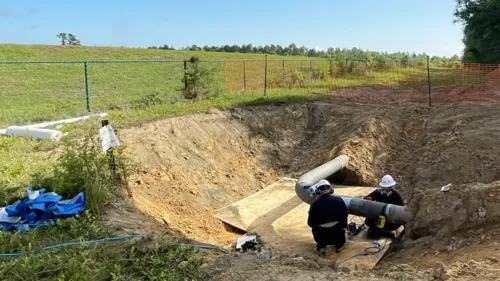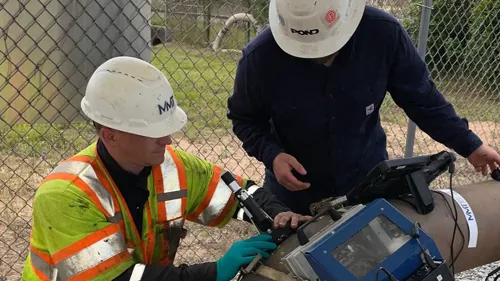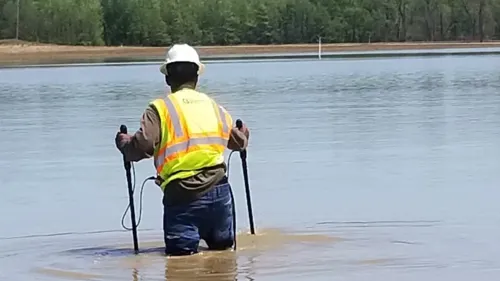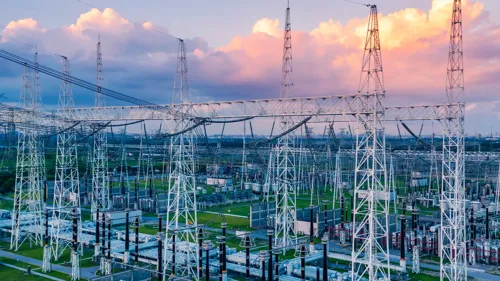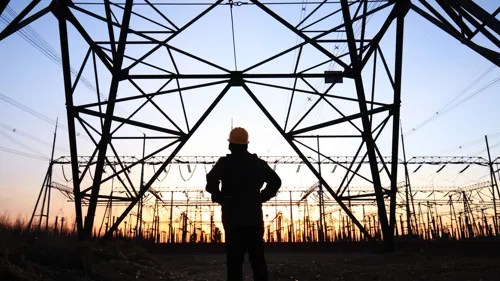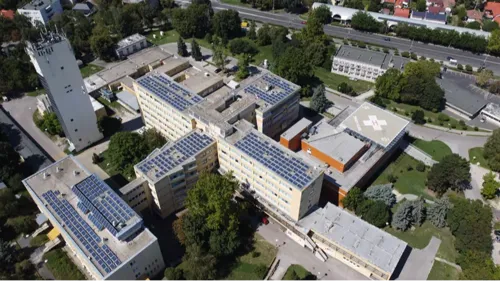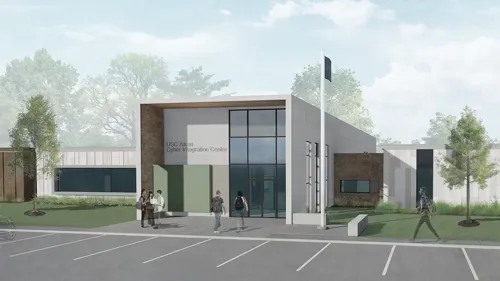6 Reasons Why Landscape Architects Are Essential for Parks & Recreation Master Planning
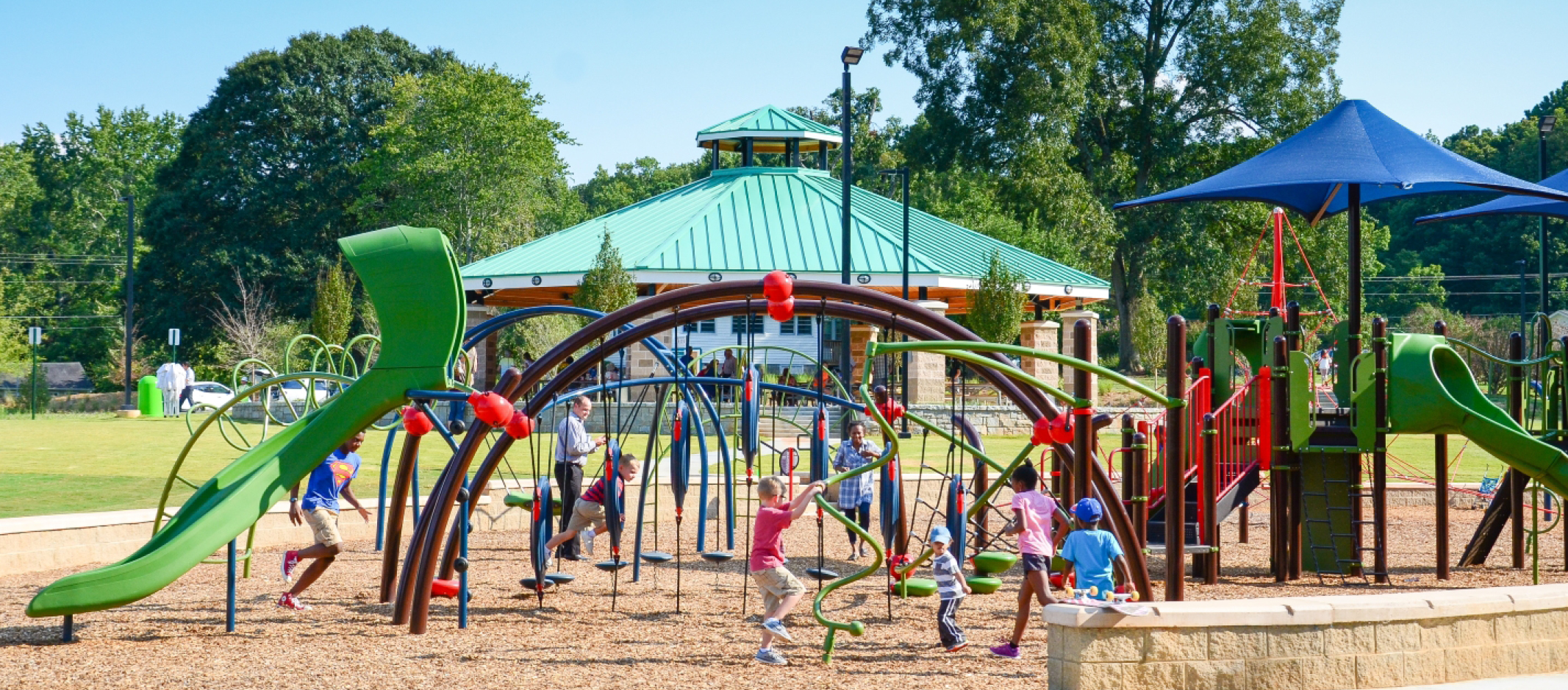
Parks are crucial for all communities, offering spaces for relaxation, recreation, and community engagement. According to the National Recreation and Parks Association (NRPA), “A system-wide park master plan is a comprehensive document and process that includes an internal assessment, community engagement, resources and data collection, and development of an implementation plan.” These plans set goals and actionable strategies for municipalities’ parks and recreation programs to assure they are serving their communities’ recreational needs now and in the future. Landscape architects play a pivotal role in the master planning of parks and recreational facilities, considering intricate details and implementing designs to create vibrant and sustainable public spaces. They have expertise in understanding natural systems, conducting thorough site analyses, and integrating user needs with innovative design solutions.
Here are six reasons why landscape architects are integral to parks and recreation master planning:
1. Engagement
When citizens are engaged in discussions surrounding the future of their parks systems and recreation programs, they offer unique insight into the needs and opportunities within their community. Landscape architects are also community members that can equally relate to the communities in which they work and have the added advantage of their professional training and knowledge. Working in the public realm, regularly engaging with residents, business owners, stakeholders and elected officials, landscape architects develop tailored plans for each community they serve. They use this personal and shared insight to help guide plans and make conscious design choices that align with the community’s goals.
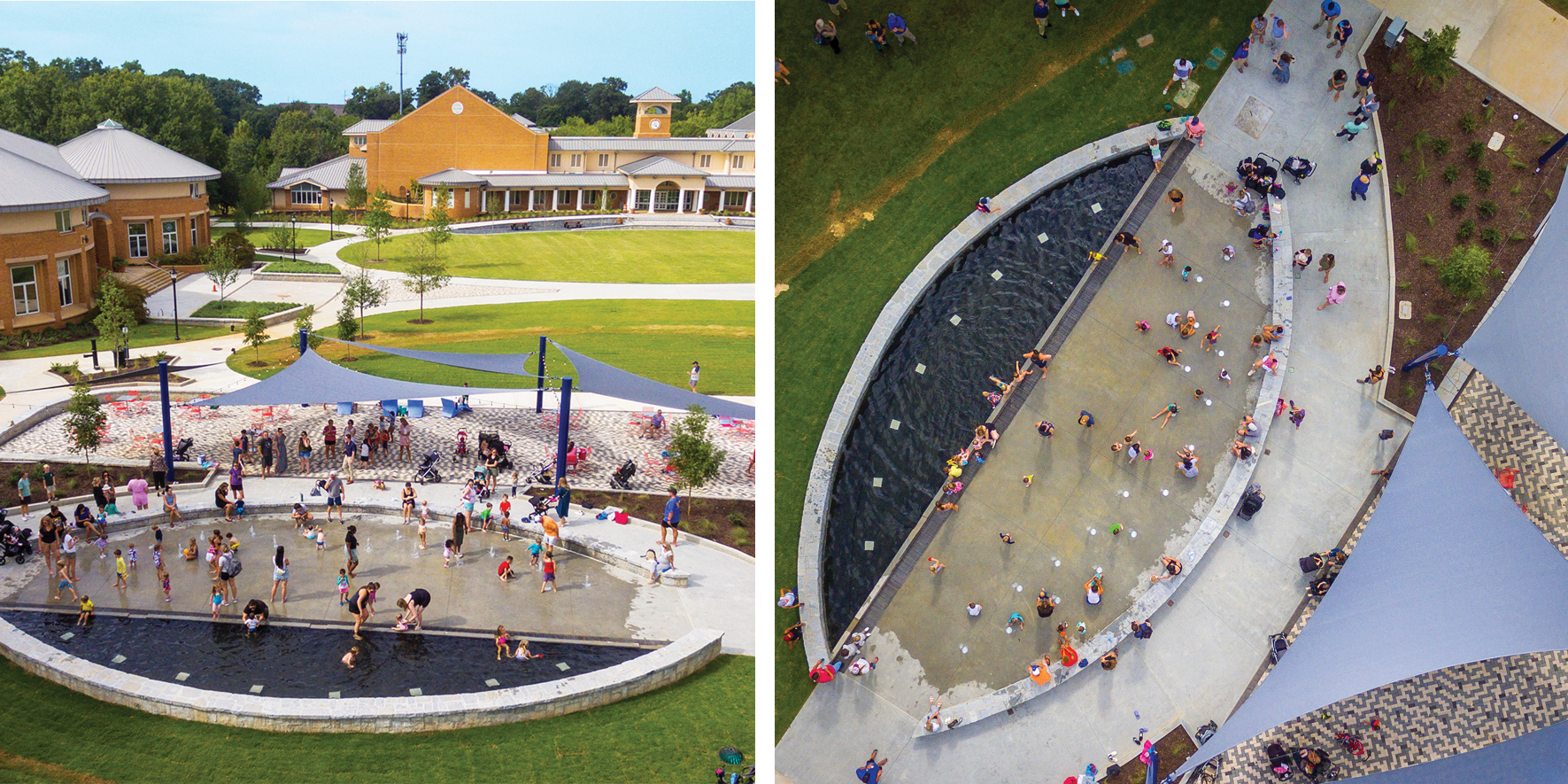
2. Vision
Master plans are used to outline a community’s long-term vision, typically on a timeframe of 5 to 15 years. This helps to develop a framework for growth with consideration for future redevelopment. Unlike any other architectural, planning, or engineering-based profession, landscape architects’ palette of materials include living elements that change over long periods of time. Plants grow. Landscape change year after year or require great effort to maintain unchanged. Understanding long term change and incorporating it into every project approach allows landscape architects to better develop long term visions and be able to predict and plan for the inevitable change and growth, whether it is an actual planted landscape or a growing community adding new parks and more programming year after year.
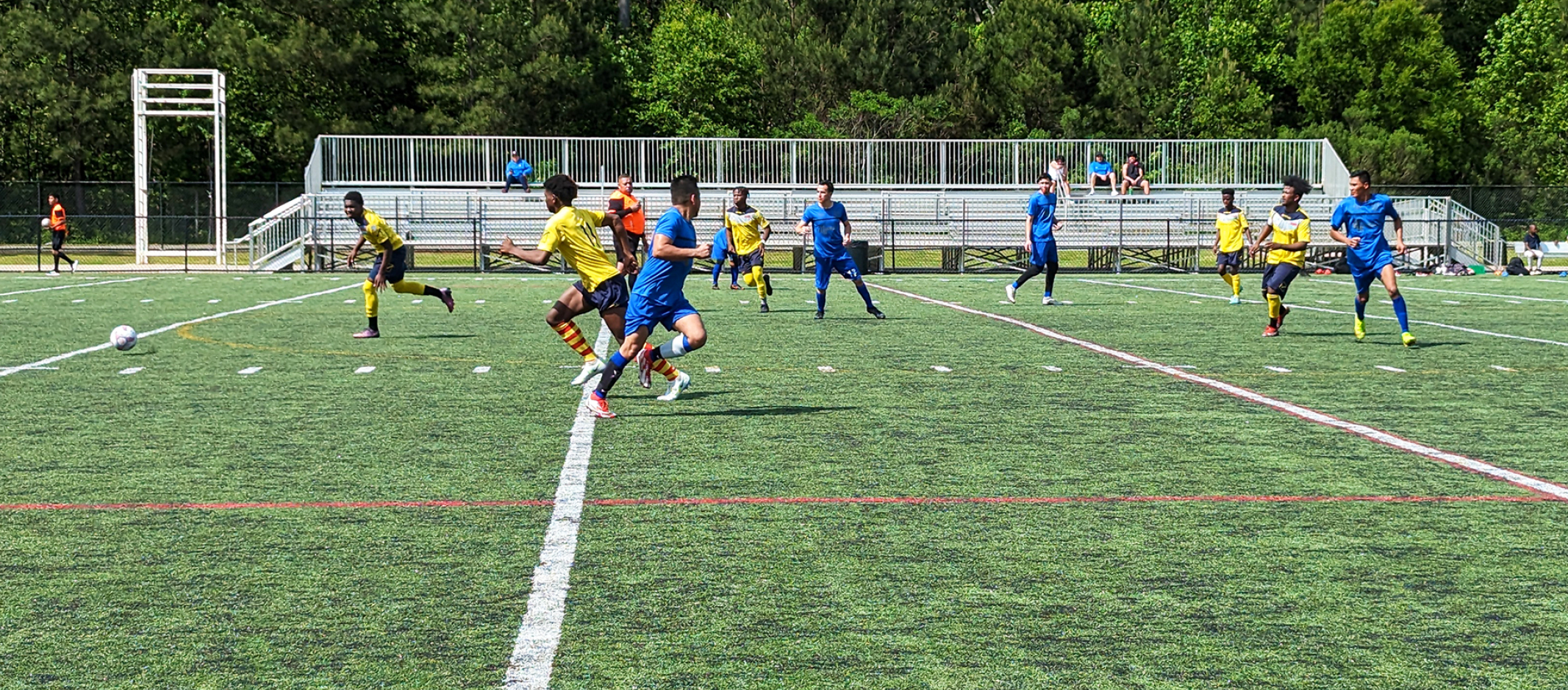
3. Context
Landscape architects are often generalists with an understanding of all the related disciplines required to harmoniously develop a site, a park, or a park system. They collaborate with architects to place buildings in optimal settings to enhance the experience inside and out. They collaborate with engineers to ensure a park is as beautiful and functional as it can possibly be. Landscape architects’ awareness of context is inherently multi-disciplinary. Landscape architects who personally enjoy parks, raise kids through youth programs, and volunteer in their parks have a greater contextual understanding that they bring to parks and recreation planning projects. The are trained observers which is highly beneficial to understanding context for their clients and constituents.
4. Nature
Parks are more than just playgrounds. Landscape architects specialize in planning, designing, and conserving greenspaces that promote biodiversity, improve air quality, and provide habitat for wildlife. They are trained to understand nature, natural systems, and to find opportunities to protect, enhance, and create nature in all their projects. Sustainability and environmental resilience are always an opportunity for landscape architects when planning parks and recreation systems. Because landscape architecture is a nature-based profession, landscape architects will always provide a holistic approach to parks and recreation planning that connects people to nature through good planning and design.
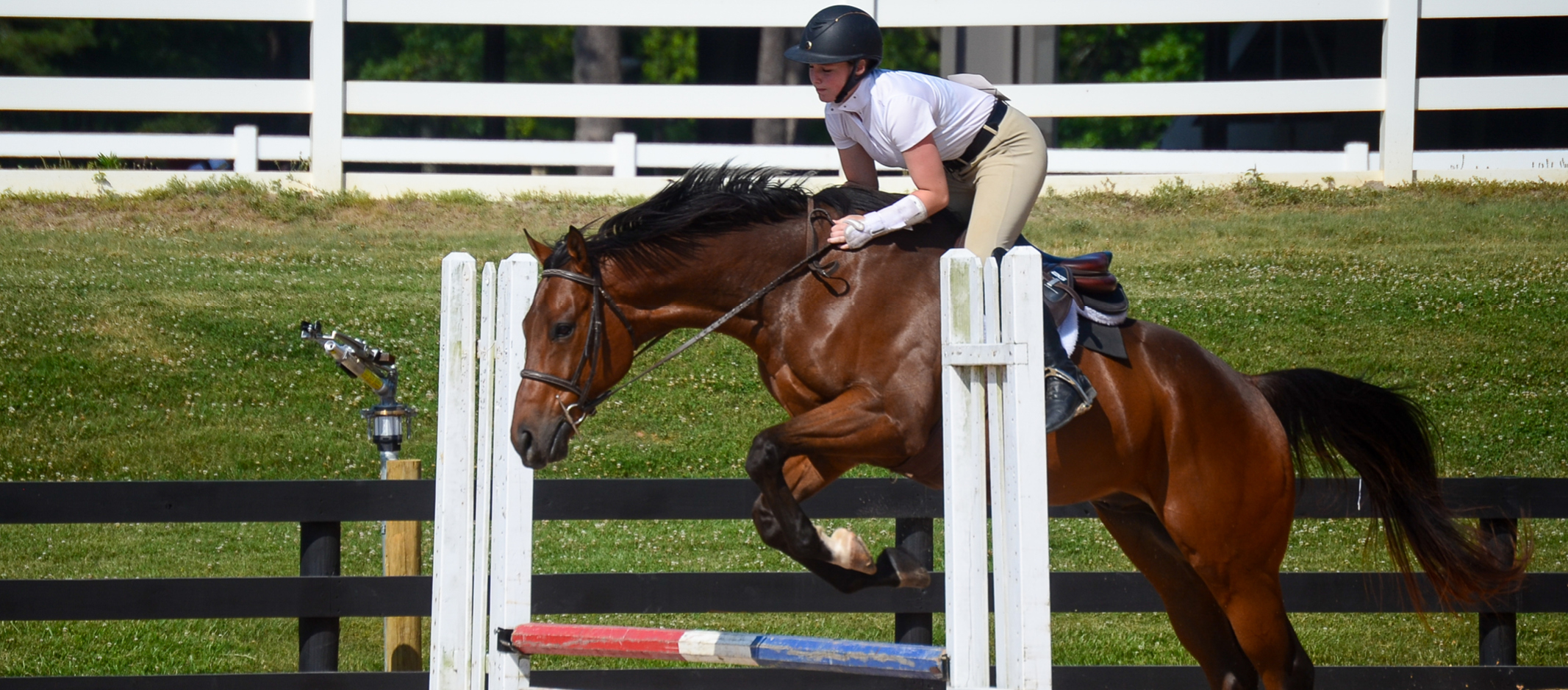
5. Inclusivity
Landscape architects face some of the greatest challenges in planning and design when it comes to providing accessibility to parks. They prioritize accessibility in park design to ensure that people of all ages and abilities are included and can enjoy the outdoors. They seek to implement universal accessibility principles to make parks inclusive and accessible for individuals with or without disabilities. Parks can be tiny and complicated or huge and expansive. Accessibility in developed and natural settings are very different challenges to overcome. Landscape Architects have been integral in the design of spaces that are not only accessible for people with physical disabilities, but also designing spaces that support people with cognitive disabilities. Studies continue to prove that access to nature has tremendous health benefits. Parks are ideal spaces for landscape architects to excel at providing beneficial spaces for all humans to thrive.
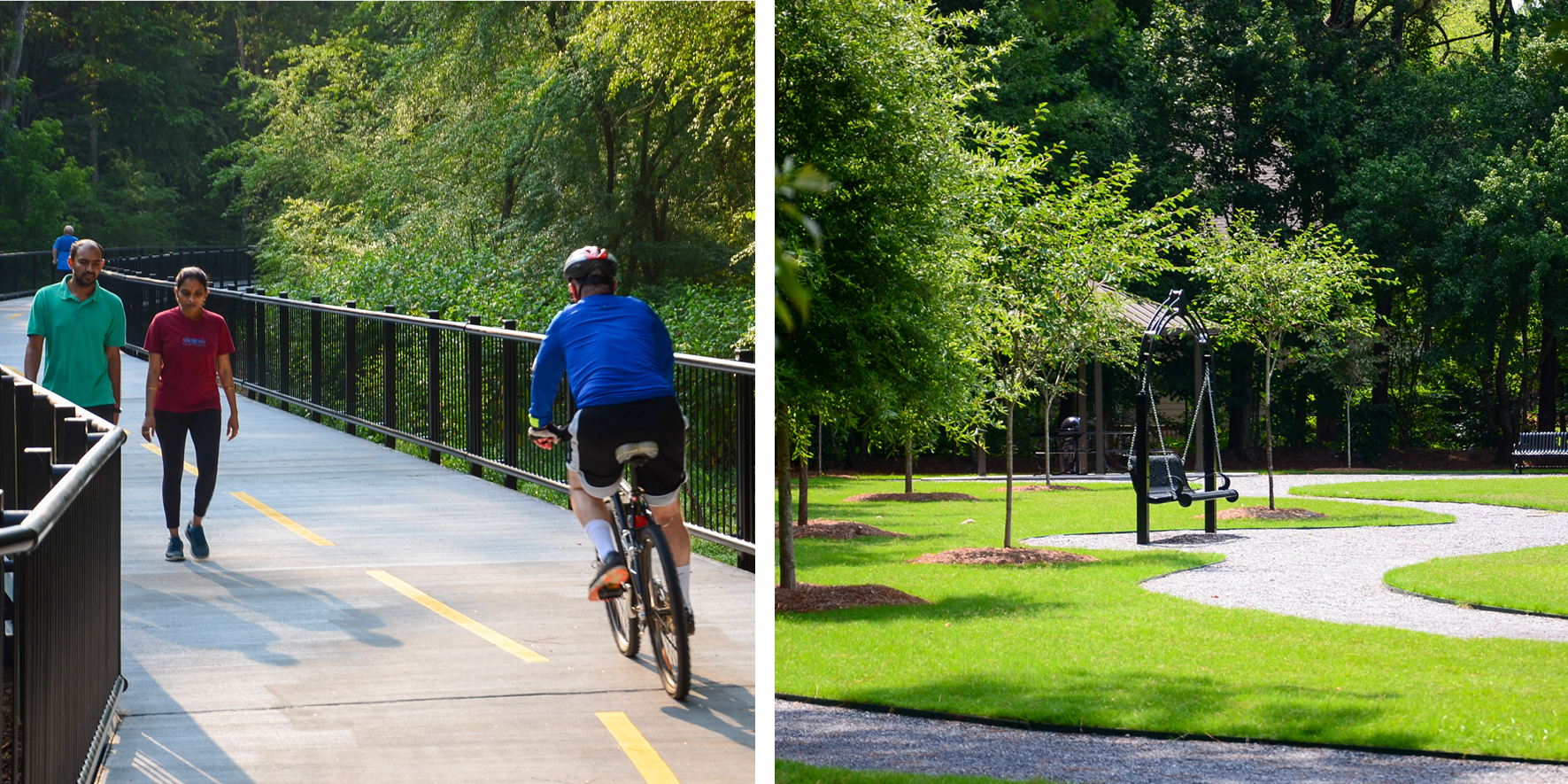
6. Action
Landscape architects are skilled professionals capable of overseeing all phases of park planning and development, from initial concept design to construction and maintenance considerations. They work closely with engineers, contractors, owners, and other stakeholders to ensure that projects are completed on time and within budget. Because landscape are dynamic, living, everchanging entities, landscape architects understand they have a long-term commitment and connection to their projects and clients. They continually learn from their projects and take action to apply this knowledge to the next project, reacting to and building upon the activity and changes observed in the landscape. Parks and recreation facilities are highly dynamic environments with or without people present. Landscape architects are dynamic professionals always adapting to the next project and its unique characteristics.
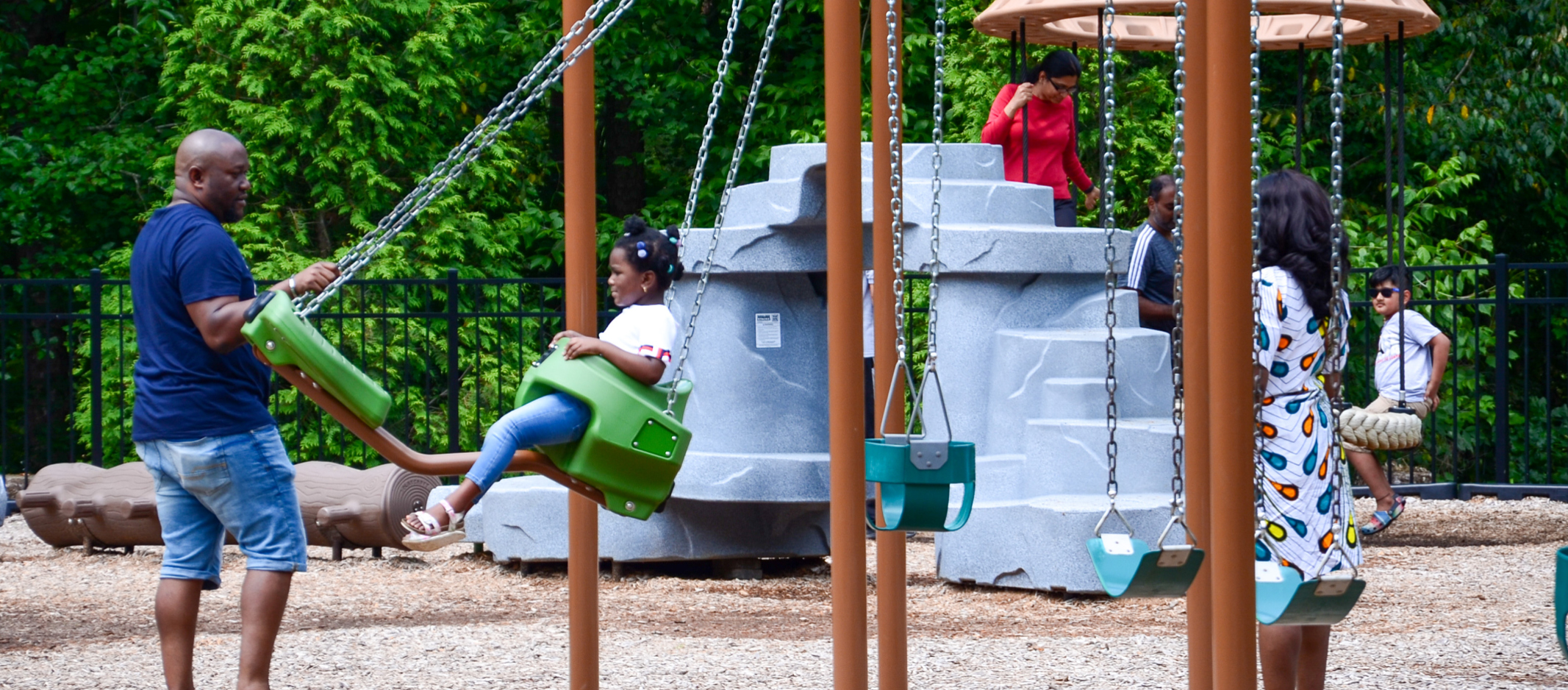
Pond’s Landscape Architecture Capabilities
Pond embraces landscape architecture to the fullest, offering innovative and sustainable design solutions that enhance our built and natural environments. From site analysis to concept development and implementation, Pond integrates environmental considerations, cultural context, and user needs to deliver thoughtful and impactful site designs. Our landscape architects leverage cutting-edge technology and best practices to create outdoor environments that promote sustainability, biodiversity, and user well-being. Whether it’s urban parks, active recreational complexes, mixed-use developments, or campus landscapes, Pond transforms spaces into vibrant, inviting, and ecologically conscientious landscapes that contribute to the well-being of our communities. Learn more about Pond's landscape architecture program.
